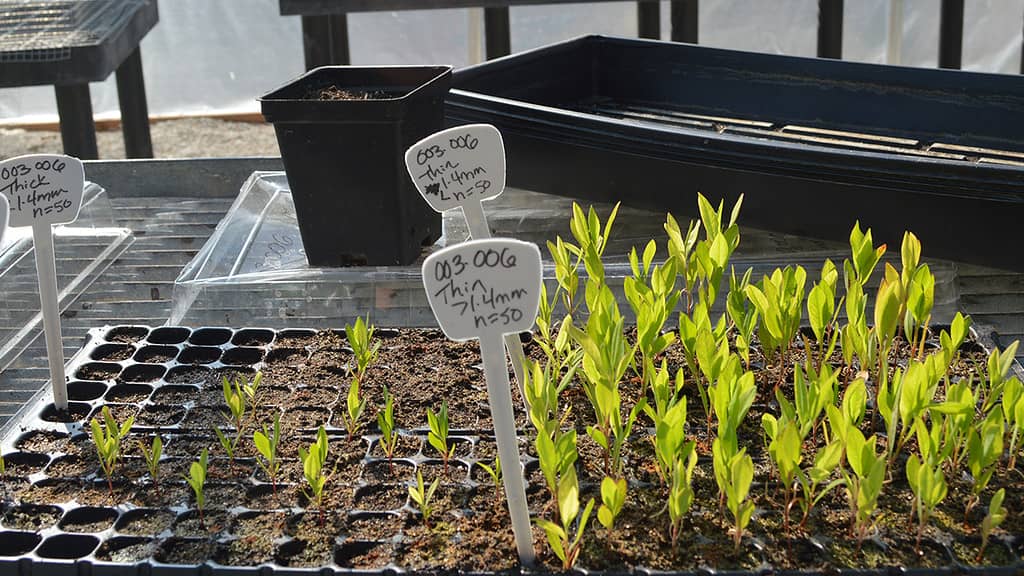Around 10,000 years ago, in Mesopotamia, which comprises the present-day countries of Iran, Iraq, Turkey, and Syria, people began domesticating wild plants. But why did they choose some species over others? A new study by US researchers is now suggesting early humans specifically picked plants that could be more easily tamed.

Natalie Mueller and her team from Washington University in St. Louis are calling for a reassessment of the process of plant domestication, based on a decade of observations and experiments. They focused on the behavior of the erect knotweed, a buckwheat relative, which was domesticated by indigenous farmers in the eastern US.
“If plants responded rapidly in ways that were beneficial to early cultivators — for example by producing higher yields, larger seeds, seeds that were easier to sprout, or a second crop in a single growing season — this would have encouraged humans to continue investing in the co-evolutionary relationship,” Mueller said in a statement.
The role of early farmers
While it’s no longer eaten by humans, Mueller and her team found evidence that the erect knotweed was once consumed as a staple food – from charred plant remnants in ancient hearths to seeds in human feces. They then spent years growing it in experimental gardens, such as Washington University’s environmental field station.
But their efforts were often hindered by seed dormancy, the state in which seeds are prevented from germinating, a common feature in wild plants. Unlike seeds that are sold in stores, those of wild plants won’t germinate just by adding water. Their needs are diverse and shaped by their evolutionary history, the researchers explained.
So why would these ancient people have planted seeds if none of them germinated? Based on four seasons of observations, the team found that growing wild plants in the low-density conditions typical of a cultivated garden triggers plants to produce seeds that germinate more easily. This makes the harvests easier to plant the next time around.
It’s like how a wolf, when still a wild animal, sat next to a human friend by the fire, Mueller said. It’s a behavioral shift, rather than an evolutionary one. She believes there’s a bias in domestication studies towards viewing this changeability, or plasticity, as something that’s getting in the way of an attempt to explain evolutionary change.
Instead, we should understand the development and behavior of wild crop relatives in order to explain the evolutionary process of domestication, Mueller said. “Because we lack the practical experience with crop progenitors that ancient people had, these effects of the environment on plant development have gone mostly unnoticed,” she added.
The findings may have applications in developing new food crops, as there’s no reason why we have to be limited to the plants that early humans domesticated, Mueller said. She and other researchers are calling this novo domestication, selecting wild plants with desirable features and then intentionally domesticating them.
This also contributes to the awareness that plants are responsive and communicative beings. “You can’t explain plant domestication if you only consider the behaviors of humans, because domestication is the result of reciprocal relationships between multiple species that are all capable of responding to each other,” Mueller said.
The study was published in the journal PLOS ONE.






